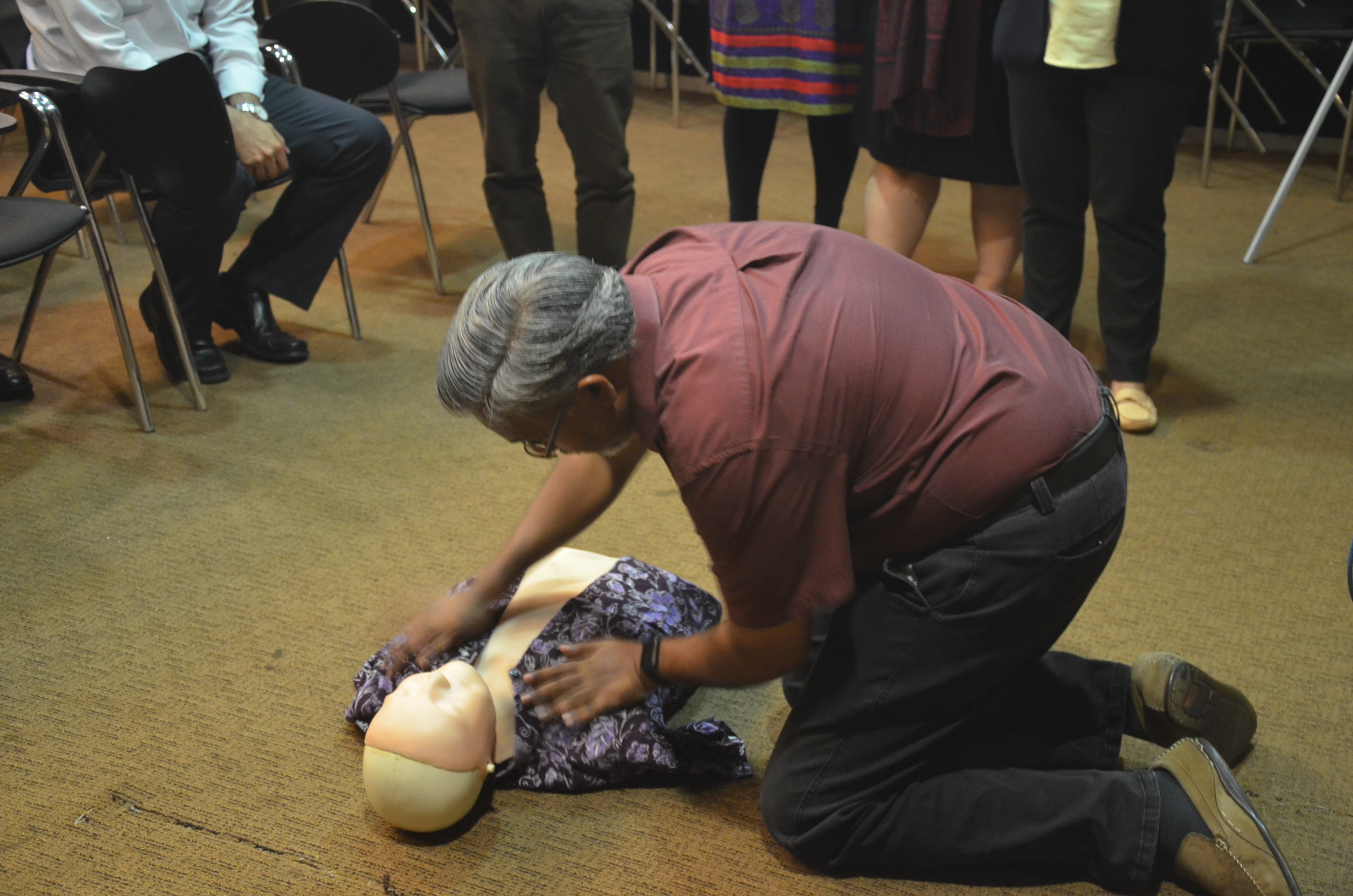Do you have what it takes to save a life? That’s the Golden question many have different answers although the obvious in only YES or NO. Many Malaysians who have taken the initiative to learn this life saving skill most of the time will NEVER have to use it in their lives, BUT many who do not have this simple skill live to regret not having learned at all because of the bitter experience of having to lose a loved one, when they could have possibly made a different outcome. However, to those who have made use of this skill to save a life, the feeling is so satisfying no words can ever express.

The Objectives of this course are:
- To equip the participants with the necessary skills and knowledge to handle emergencies common in the home and workplace environment.
- To have the know how to perform competent resuscitation procedures for victims of cardiac and respiratory arrests.
- To enable participants to competently and confidently deal with both major and minor injuries.
Course Content
This is a 2 days Certificate Course (according to American Heart Association guidelines) where there is 30% theory and 70% hands-on practical covering the following topics:
Day 1
Part One – Adult One Rescuer CPR
- Heart and lung function
Part Two – Adult FBAO Management
- (FBAO – Foreign Body Airway Obstruction)
- Conscious
Part Three – Pediatric One Rescuer
- Infant one rescuer CPR
Part Four – Pediatric FBAO
- Infant obstructed airway
Part Five – Additional Topics
- Emergency Action Principles
Day 2
Part One – Patient Assessment
- Scene Survey and Danger assessment. Primary patient assessment for life threatening priorities. Secondary assessment of patient for other visible and suspected internal injuries. Prioritizing treatment of injuries in a multiple injured victim.
- On the spot diagnosis using the senses of sight, touch and smell.
Part Two – Wound Management
- Head injury
- Eye injury
- Traumatic amputation
- Impaled foreign object
Part Three – Shock
- Causative agents
Part Four – Burns and Scalds
- Causative agents
Part Five – Fractures
- Types of fractures
Part Six – Victim Handling & transportation
- Use of spinal board /improvisation
Part Seven – Miscellaneous Topics
- Poisoning
